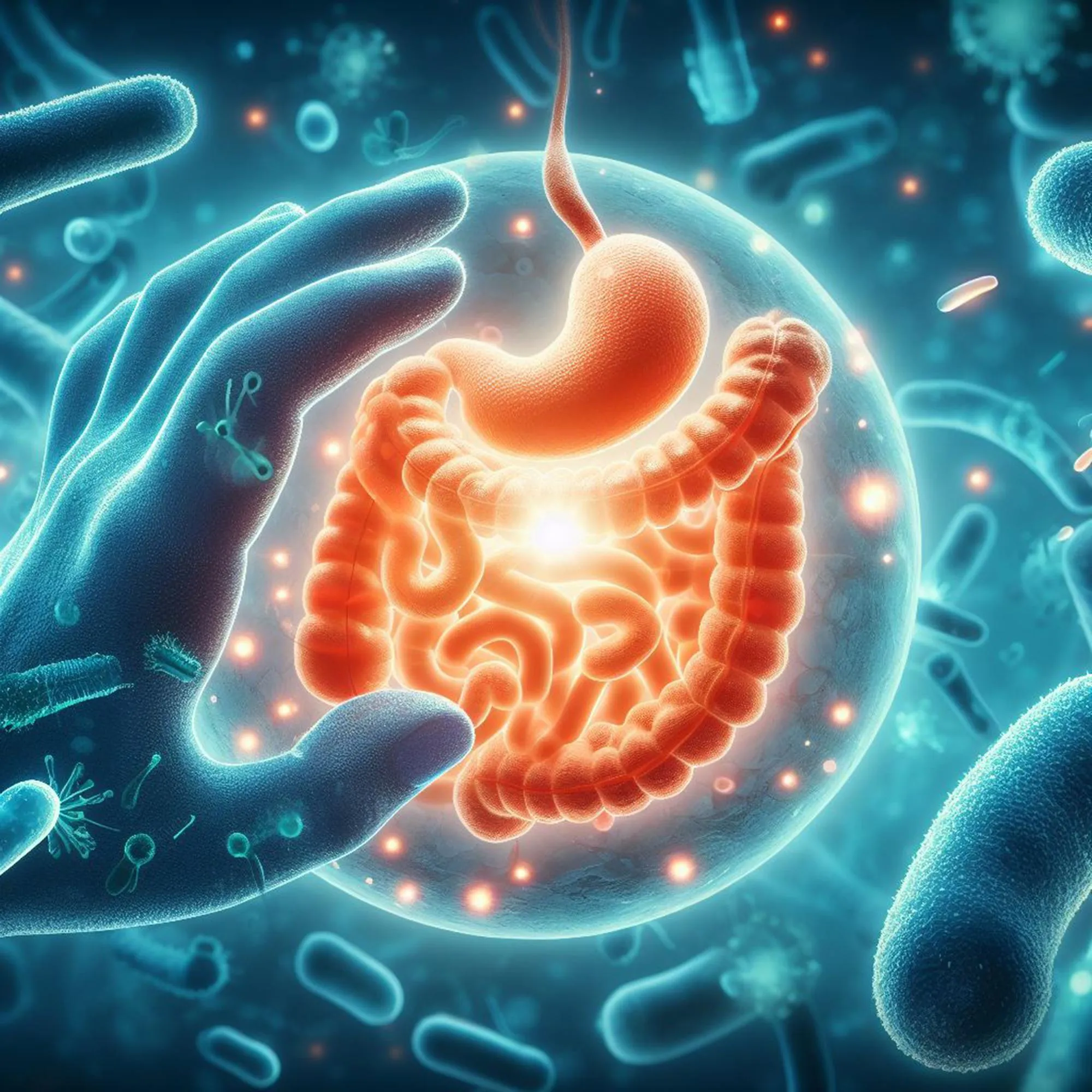Discovery Proves Significant for Future Colorectal Cancer Therapies
New research from a group of scientists led by Xianmin Wang from the Department of Traditional Chinese Medicine of Traditional Chinese Medical Hospital affiliated with Xinjiang Medical University points to a new hope in the battle against colorectal cancer. Their study, published in the _Biological & Pharmaceutical Bulletin_, uncovers the therapeutic potential of Ursolic Acid (UA) in inhibiting tumor growth through the modulation of epithelial-to-mesenchymal transition (EMT) processes in colorectal cancer cells.
Colorectal cancer remains one of the most common and lethal cancers globally, creating an urgent need for novel therapeutic strategies. The new findings on UA, a natural pentacyclic triterpenoid, offer insights into a mechanism that could curb cancer cell proliferation, migration, and metastasis.
The multi-institutional research team focused on human colon cancer cell lines SW620 and HCT116 to ascertain the compound’s efficacy. It was observed that UA reduced the viability of cancer cells, prevented the formation of cell colonies, and induced caspase-3 mediated apoptosis – a form of programmed cell death essential for stopping cancer progression.
More crucially, the study found that UA suppresses the EMT process, a key player in the invasion and metastasis of cancer cells. EMT involves the transformation of epithelial cells, which generally adhere to one another to form tissues, into a mesenchymal cell state where they gain migratory and invasive properties. This transition is marked by changes in specific biomarkers, such as an increase in Vimentin and a decrease in E-cadherin.
Their results uncovered the downregulation of EMT markers, including a decrease in Vimentin and Integrin expression, and an inhibition of the transcription factors Twist and Zeb1, all of which are instrumental in the EMT process and associated with worse cancer prognoses.
This comprehensive study provides a significant addition to the understanding of UA’s role as an anti-cancer agent, particularly noting its influence on cell migration and metastasis by targeting EMT pathways.
References
1. Wang X., Wang T., Yi F., Duan C., Wang Q., He N., Zhu L., Li Q., Deng W. (2019). _Ursolic Acid Inhibits Tumor Growth via Epithelial-to-Mesenchymal Transition in Colorectal Cancer Cells_. Biological & Pharmaceutical Bulletin. 42(5):685-691. DOI: 10.1248/bpb.b18-00613
2. _Biological & Pharmaceutical Bulletin_. (2020). 43(1):194. DOI: 10.1248/bpb.b19-00002
3. Pecorino, L. (2012). _Molecular Biology of Cancer: Mechanisms, Targets, and Therapeutics_. Oxford University Press.
4. Thiery, J. P., Acloque, H., Huang, R. Y. J., & Nieto, M. A. (2009). Epithelial-Mesenchymal Transitions in Development and Disease. _Cell_, 139(5), 871–890. DOI: 10.1016/j.cell.2009.11.007
5. Kalluri, R., & Weinberg, R. A. (2009). The basics of epithelial-mesenchymal transition. _Journal of Clinical Investigation_, 119(6), 1420–1428. DOI: 10.1172/JCI39104
Keywords
1. Ursolic Acid Colorectal Cancer
2. Cancer Epithelial Mesenchymal Transition
3. Colorectal Cancer Inhibitor
4. Natural Cancer Treatments
5. Tumor Growth Inhibition Studies
In conclusion, the study published in the _Biological & Pharmaceutical Bulletin_ by Xianmin Wang et al. has opened a new chapter for researchers and clinicians in the fight against colorectal cancer. With the potential shown by UA in targeting the mechanisms that facilitate tumor progression and metastasis, it paves the way for more effective and targeted therapies.
It’s evident that as our understanding of cancer biology deepens, the benefits of natural compounds like UA can be harnessed more effectively to combat malignant diseases. In line with the global push towards therapeutic innovation, this compound could soon take center stage as a low-toxicity and highly efficacious option for patients suffering from colorectal cancer.
The study’s findings could not have come at a more urgent time, as the international medical community continues to seek out alternative and complementary cancer therapies. The promise shown by natural triterpenoids like UA in modulating EMT processes highlights the immense untapped potential of phytochemicals in oncology.
The research efforts of Wang et al. not only contribute to the expanding scientific literature in cancer research but also open up new avenues for the development of pharmaceutical agents derived from naturally occurring substances. It is these kinds of studies that offer a glimmer of hope to cancer patients and doctors alike, as they work together towards a future where cancer can be managed more effectively or, ideally, eradicated entirely.
